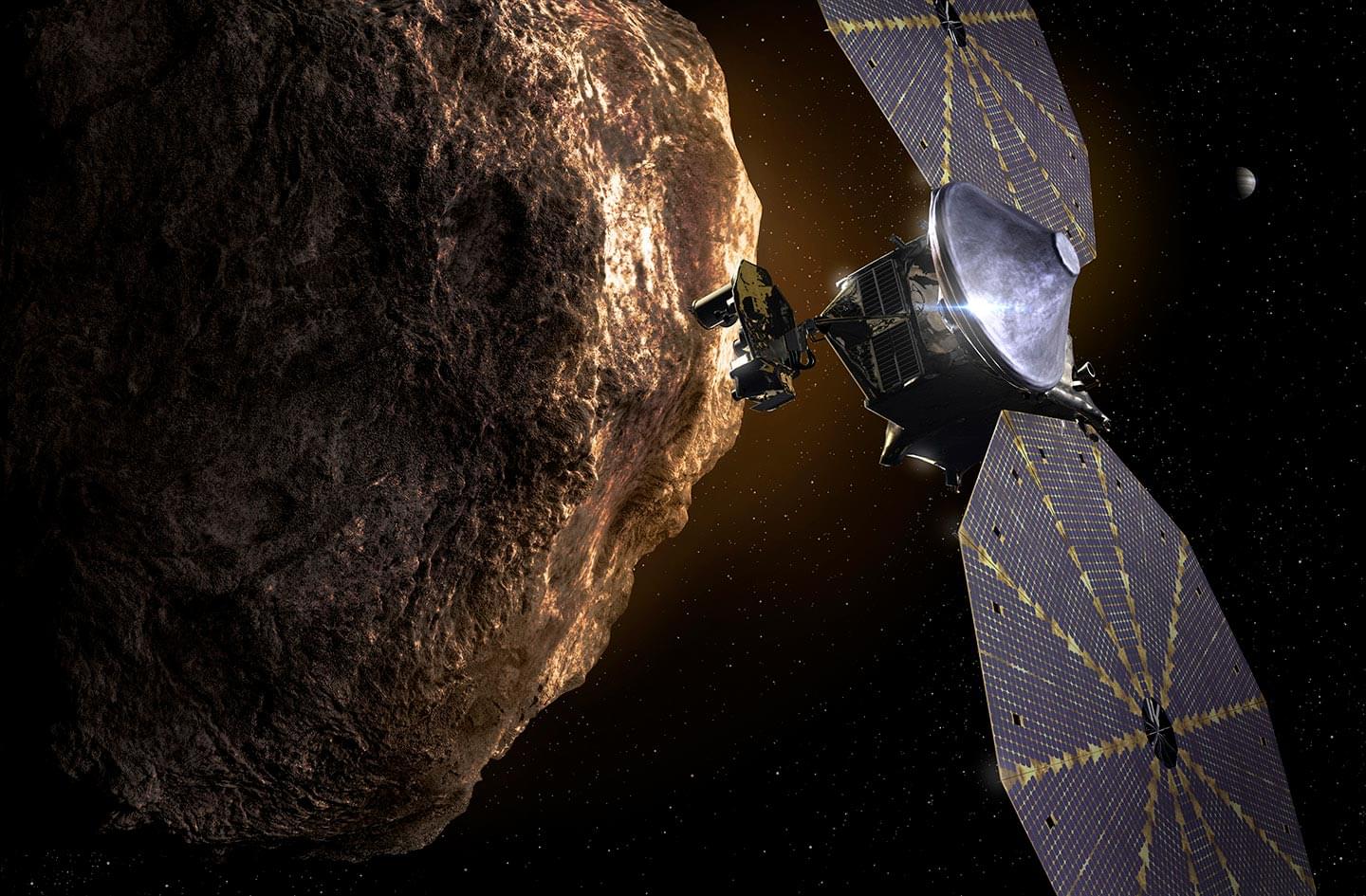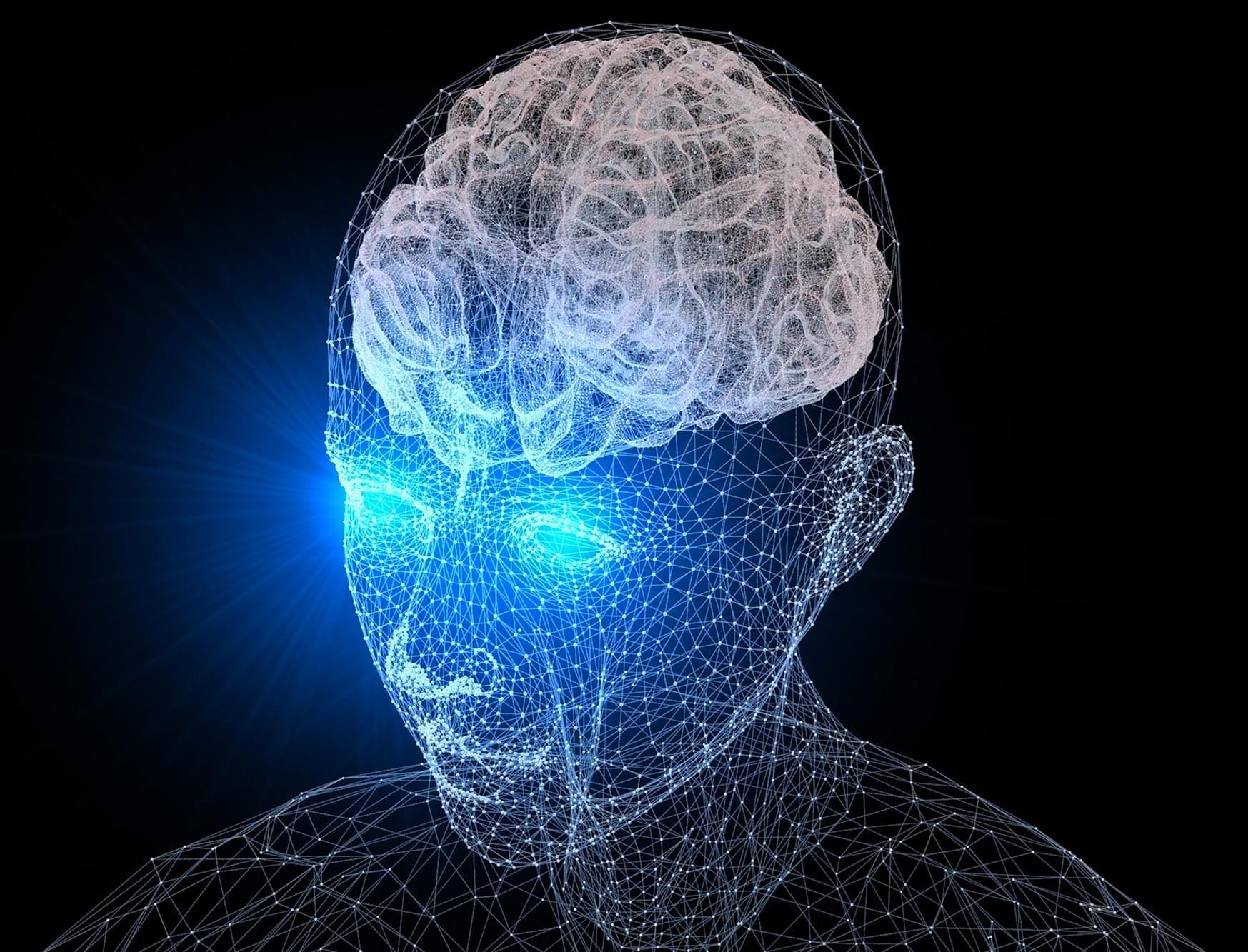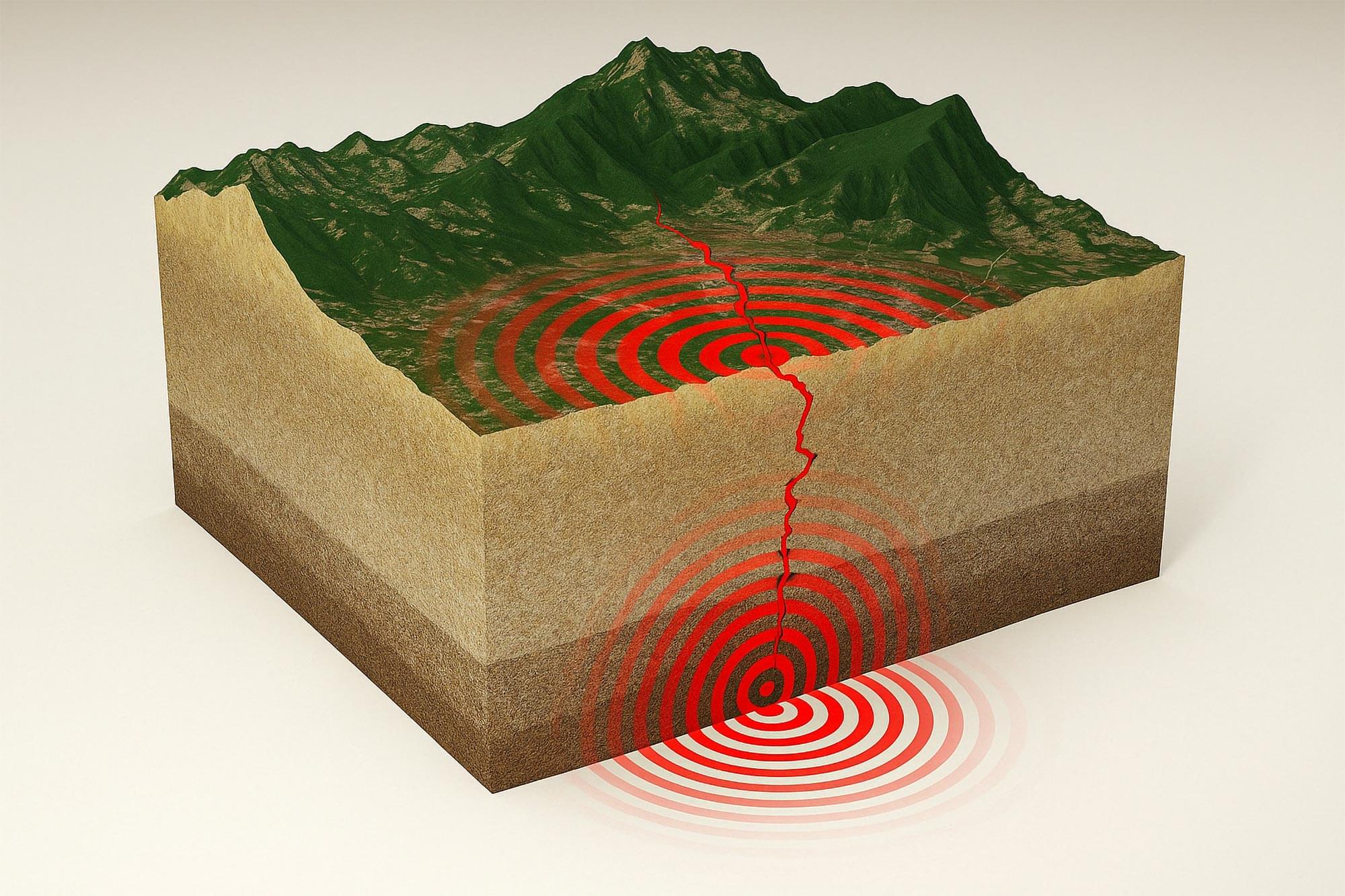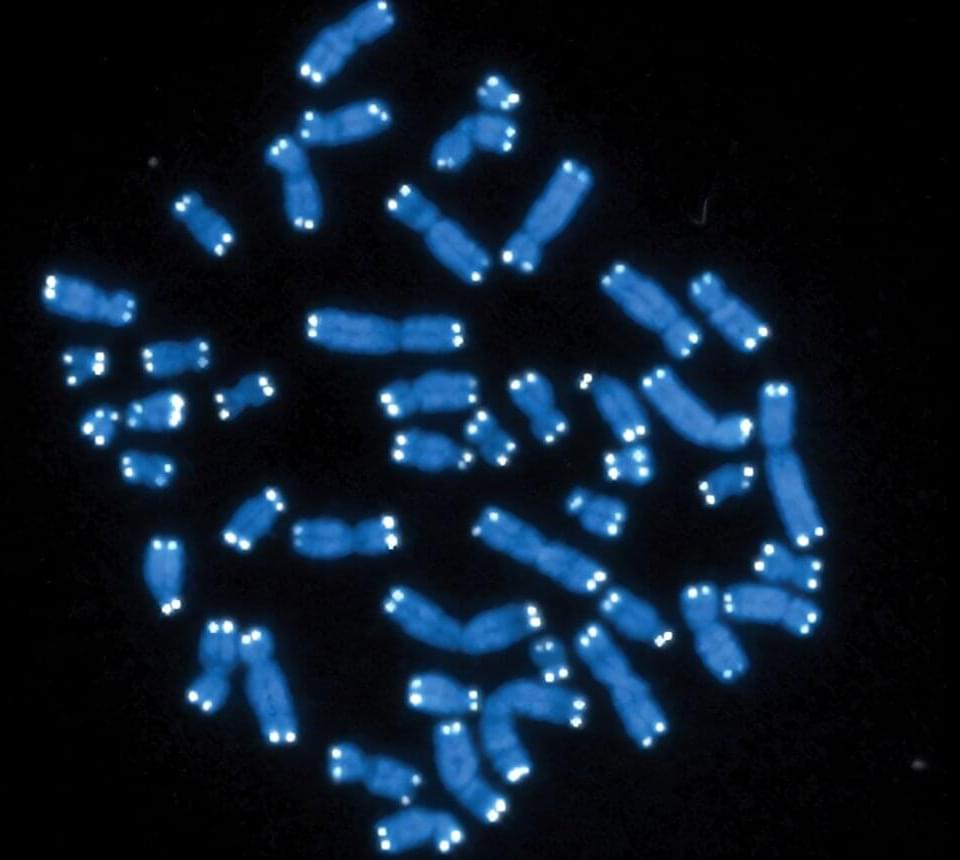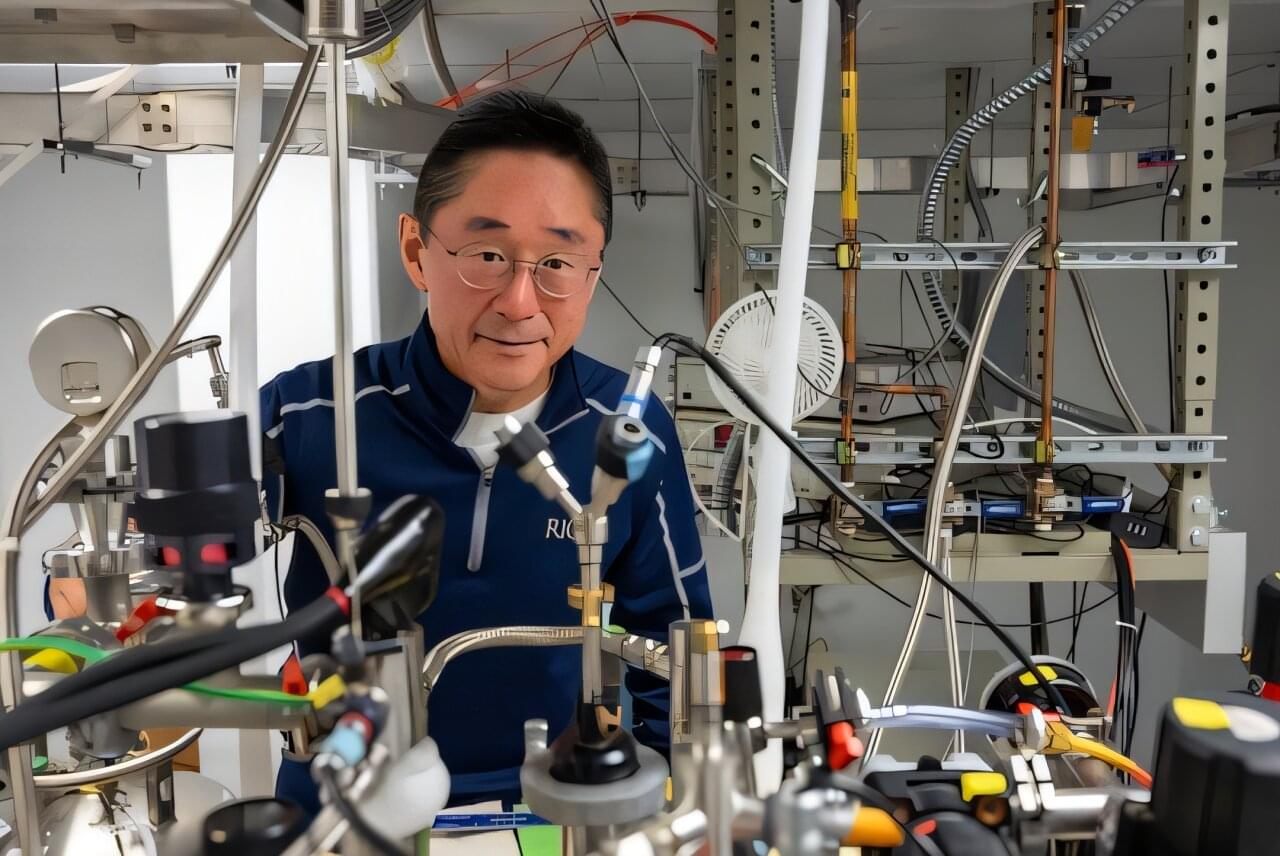Researchers have identified antiferromagnetism in a real icosahedral quasicrystal, reigniting interest in the quest to uncover antiferromagnetic quasicrystals. Quasicrystals (QCs) are a remarkable class of solid materials characterized by a unique atomic structure. Unlike conventional crystals, w
NASA’s Lucy mission is about to fly past asteroid Donaldjohanson, a strange, elongated rock in the main belt. While this three-mile-wide object isn’t one of Lucy’s primary targets, the April 20 flyby serves as a full dress rehearsal before the spacecraft heads toward the Trojan asteroids near Jup
The human brain can learn to filter out distracting or disruptive stimuli, such as a bright roadside billboard or a flashing online banner, through repeated exposure. Researchers from Leipzig University and Vrije Universiteit Amsterdam have demonstrated this effect using electroencephalography (EEG), showing that early visual processing in the brain changes with experience. Their findings were recently published in The Journal of Neuroscience.
Distractions tend to become easier to ignore after repeated encounters. This process, known as learned suppression, plays a key role in the visual system and complements our ability to consciously direct attention. In a series of EEG experiments with 24 participants of all genders, the researchers examined how learning affects attention to highly noticeable distractions, particularly when such distractions consistently appear in the same location.
GOES-19 has taken over as NOAA’s primary geostationary eye in the Western Hemisphere, joining GOES‑18 to deliver unprecedented detail on global weather. It tracks hurricanes, atmospheric rivers, wildfires and more with high‑resolution imagery and lightning mapping. Its CCOR‑1 coronagraph keeps wa
Researchers have built a powerful new 3D earthquake simulation that reveals how massive quakes like the 2023 Turkiye disaster unfold in terrifying detail. By modeling not just the fault but the surrounding Earth structure, they were able to capture the devastating one-two punch of a doublet quake
Researchers at the University of Gothenburg have identified a small molecule, PZL-A, that restores function in the defective POLG enzyme, critical for mitochondrial DNA replication. The compound has shown promise in enhancing mitochondrial function.
A new study from Weill Cornell Medicine provides insights into how cells maintain the tiny end caps of chromosomes as they divide, a key process in keeping cells healthy. Using yeast, the researchers reveal protein interactions that could explain how the enzyme telomerase is tightly regulated to prevent cells from dividing uncontrollably or aging prematurely.
The preclinical study, published April 17 in Nucleic Acids Research, brings us closer to understanding the mechanisms behind aging and cancer.
Before cells divide, they replicate the double-stranded DNA of each chromosome. The replication machinery does a good job of copying the nucleotide sequences until it gets to the telomeres, the end caps of chromosomes that safeguard the genetic material from damage and normally shorten with aging. That’s when telomerase steps in and produces an overhang in which one DNA strand is a little longer than the other.
Time crystals are a new form of matter that repeat through time without energy. This quantum breakthrough could revolutionize technology and computing forever.
A team of Rice University researchers has developed a new way to control light interactions using a specially engineered structure called a 3D photonic-crystal cavity. Their work, published in the journal Nature Communications, lays the foundation for technologies that could enable transformative advancements in quantum computing, quantum communication and other quantum-based technologies.
“Imagine standing in a room surrounded by mirrors,” said Fuyang Tay, an alumnus of Rice’s Applied Physics Graduate Program and first author of the study. “If you shine a flashlight inside, the light will bounce back and forth, reflecting endlessly. This is similar to how an optical cavity works—a tailored structure that traps light between reflective surfaces, allowing it to bounce around in specific patterns.”
These patterns with discrete frequencies are called cavity modes, and they can be used to enhance light-matter interactions, making them potentially useful in quantum information processing, developing high-precision lasers and sensors and building better photonic circuits and fiber-optic networks. Optical cavities can be difficult to build, so the most widely used ones have simpler, unidimensional structures.
An evolutionary algorithmic phase transition 2.6 billion years ago may have sparked the emergence of eukaryotic cells
Posted in biological, cosmology, evolution, genetics, information science | Leave a Comment on An evolutionary algorithmic phase transition 2.6 billion years ago may have sparked the emergence of eukaryotic cells
An international collaboration between four scientists from Mainz, Valencia, Madrid, and Zurich has published new research in the Proceedings of the National Academy of Sciences, shedding light on the most significant increase in complexity in the history of life’s evolution on Earth: the origin of the eukaryotic cell.
While the endosymbiotic theory is widely accepted, the billions of years that have passed since the fusion of an archaea and a bacteria have resulted in a lack of evolutionary intermediates in the phylogenetic tree until the emergence of the eukaryotic cell. It is a gap in our knowledge, referred to as the black hole at the heart of biology.
“The new study is a blend of theoretical and observational approaches that quantitatively understands how the genetic architecture of life was transformed to allow such an increase in complexity,” stated Dr. Enrique M. Muro, representative of Johannes Gutenberg University Mainz (JGU) in this project.

